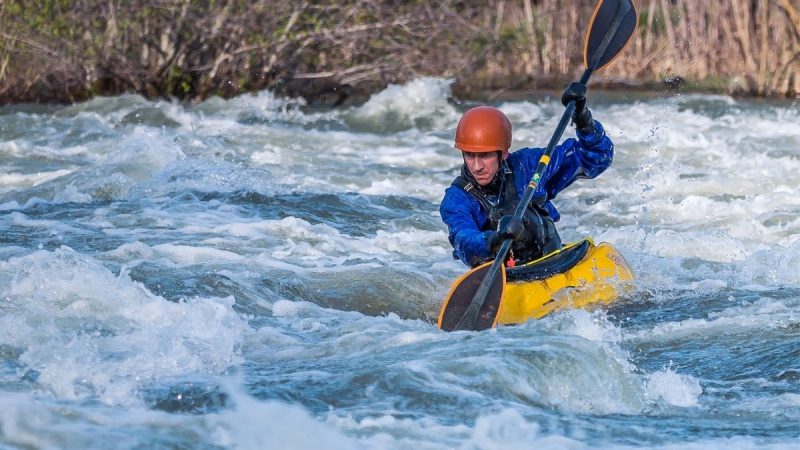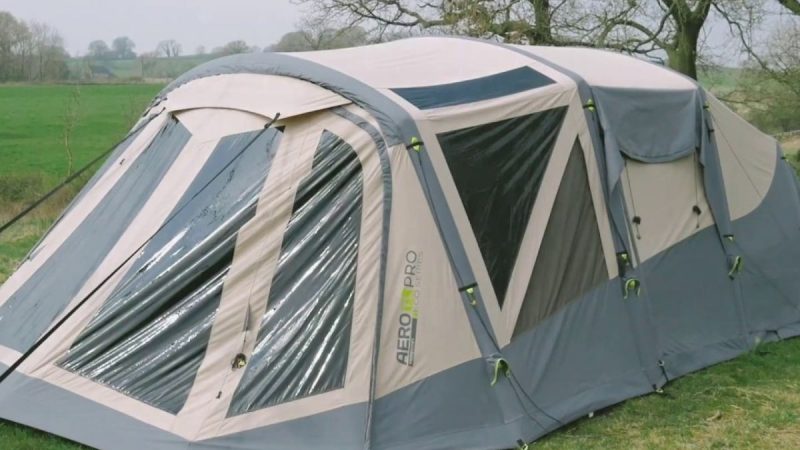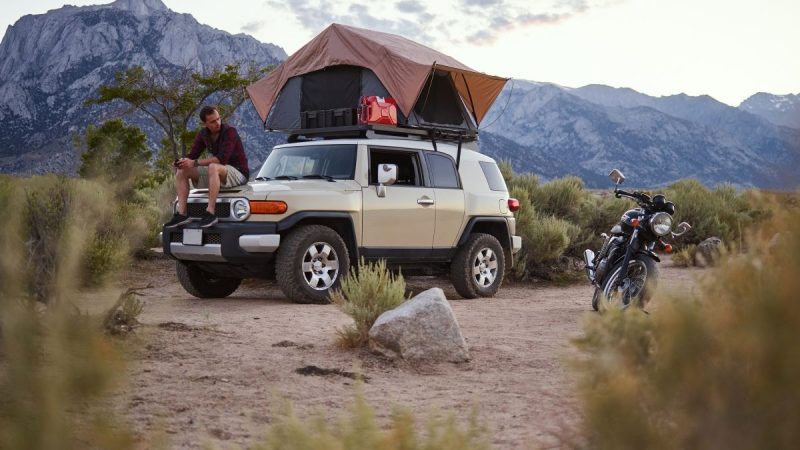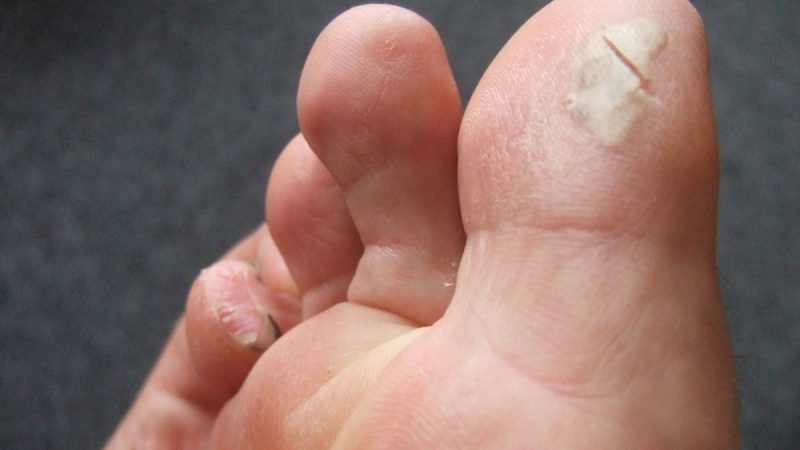How to Identify and Treat Altitude Sickness

What is Altitude Sickness and Variations?
Altitude sickness is a condition that can occur when a person climbs to high altitudes too quickly. The body has difficulty getting enough oxygen at high altitudes, and this can cause symptoms such as headache, fatigue, dizziness, and nausea.
If you are planning to travel to or camp in an area with high altitudes, it is important to be aware of the symptoms of altitude sickness and how to treat it. Prior preparation can help you avoid altitude sickness.
One of the most important factors is a gradual acclimatization to that particular high altitude environment. This means being on site for several days or traveling that destination slowly with overnight stays at multiple camp sites along the way. A good rule of thumb before an expedition is to be on site for a minimum of 24 hours, 48 hours better and more if possible, before beginning your ascent of new destinations in higher altitudes.

Below are some of the popular variations of Altitude Sickness:
Acute Mountain Sickness (AMS)
This is the most common form of altitude sickness. It is a self limiting condition that can generally be treated at lower altitudes. Symptoms include headache, dizziness, fatigue and difficulty sleeping.
What Causes AMS?
AMS is caused by ascending too quickly to altitudes greater than 8,000 feet. It generally does not occur at sea level since normal atmospheric pressure coupled with normal aging process provides enough time for the body to acclimate.
Treatment of AMS
Symptoms will resolve over several hours or days if altitude exposure is reduced by descending or stopping further ascent. Symptoms may last longer in older individuals and those with other pre-existing medical conditions . Treatment for this includes medications such as acetazolamide (Diamox) for mild cases, supplemental oxygen, intravenous fluids and nifedipine for severe cases.
Individuals who are properly fit can usually ascend slowly without any problem; however some people are more sensitive then others. If you are planning to travel or camp in an area with high altitudes, it is important to be aware of the symptoms of altitude sickness and how to treat it. Prior preparation can help you avoid altitude sickness.
One of the most important factors is a gradual acclimatization to that particular high altitude environment. This means being on site for several days or traveling that destination slowly with overnight stays at multiple camp sites along the way. A good rule of thumb before an expedition is to be on site for a minimum of 24 hours, 48 hours better and more if possible, before beginning your ascent of new destinations in higher altitudes.

High Altitude Pulmonary Edema (HAPE)
This occurs when fluid builds up in the lungs due to some form of stress. This includes exposure to cold, physical exertion at high altitudes, dehydration and some medications. Symptoms include extreme shortness of breath even at rest. Other symptoms include blue lips and fingernails and a persistent cough that produces white frothy sputum (spit).
What Causes HAPE?
HAPE is more common at high altitudes (above 8,000 feet), particularly if the ascent to those altitudes was quick. HAPE can develop after several days at higher altitude or after an individual makes a rapid ascent to that altitude.
Treatment of HAPE
The first treatment for this is descent and immediate medical attention. Supplemental oxygen may also be used as well as medications such as nifedipine, dobutamine and corticosteroids. Individuals found unresponsive or in distress may need intravenous fluids or medication administration for symptom relief prior to descent if possible.

High Altitude Cerebral Edema (HACE)
A build up of fluid in the brain causes this rare and potentially fatal complication of altitude sickness. The early symptoms are similar to those of AMS. As the condition progresses, the lack of oxygen results in confusion, difficulty speaking and eventually coma.
What Causes HACE?
HACE is rare and difficult to predict. It can develop at high altitude but more likely after a rapid ascent above 15,000 feet . Those particularly susceptible may have pre-existing neurological problems or general swelling of the brain.
Treatment of HACE
There is no treatment for this condition except immediate descent by individuals experiencing symptoms. Symptoms such as trouble speaking, uncontrollable sleepiness and unresponsiveness are to be aware of. Medical assistance should be sought as soon as possible. In some cases, individuals will need to be evacuated via airlift to a lower altitude with proper medical care facilities available .
If you suspect that you or someone with you is suffering from either HAPE or HACE your only option is immediate descent to lower elevations.
Altitude induced respiratory problems are very common among hikers who often suffer shortness of breath. This is possible even at low altitudes due to asthma or other types of bronchial problems. If not treated properly, these conditions can worsen above elevations. So always carry your medications with you when hiking high elevations for an extended period of time. However never neglect the use of them as prescribed by your doctor back home.

Prevention/Treatment Options For Mountain Sickness Prevention
There are several easy steps one can take to help prevent the onset of altitude sickness:
- Drink plenty of fluids (non-alcoholic) as dehydration exacerbates symptoms.
- Avoid caffeine and alcohol.
- Take it easy when ascending, allow your body time to adjust to the new altitude.
- Eat light, high carbohydrate meals and snacks.
- Bring acetazolamide (Diamox) 125mg tablet twice a day as a prophylactic measure. This drug helps you acclimatize quicker a these conditions can occur at high altitudes but are more likely to develop after a rapid ascent. They are very serious and can be fatal if not treated properly.
To sum up, prior preparation is key when it comes to tackling high altitudes. Always be aware of the symptoms of altitude sickness and have a strategy in place for treating them if they occur. Remember, the best cure is prevention so take all of the necessary precautions before ascending into the mountains. Stay safe and enjoy your hike!
If you are backpacking in cold weather conditions, there are some foods that are better to bring than others.
Here is a list of the top six frozen camping & travel foods that backpackers should consider packing

Fruit bars/snacks
These are a great source of energy and will help to keep you going during long hikes. They are also a good source of antioxidants and vitamin C, which can help to ward off sickness.
Breakfast burritos
These are a great way to start the day, especially if you are hiking in the morning. They provide plenty of protein and carbs to help give you energy for the day ahead.
Lunch sandwiches
A good, hearty sandwich can provide you with the energy you need to make it through the afternoon. Make sure to include some healthy fats, such as avocado, to help keep you feeling full.
Beef jerky
This is a great source of protein and will help to keep your muscles fueled during long hikes. It also doesn’t require any refrigeration so it is perfect for camping trips.
Pizza pockets
These are a great option for a quick, filling meal. They are easy to make and take very little time to heat up over the campfire.
Chowder
This is an excellent choice for cold weather camping trips as it is a hearty, warm meal that takes a relatively short amount of time to prepare. Moreover, it is extremely important to keep yourself warm with a pair of warm gloves and a perfect hoodie if you are hiking or camping in cold destinations.
Enjoy your hike with the above tips in mind and be prepared for whatever Mother Nature throws your way!






